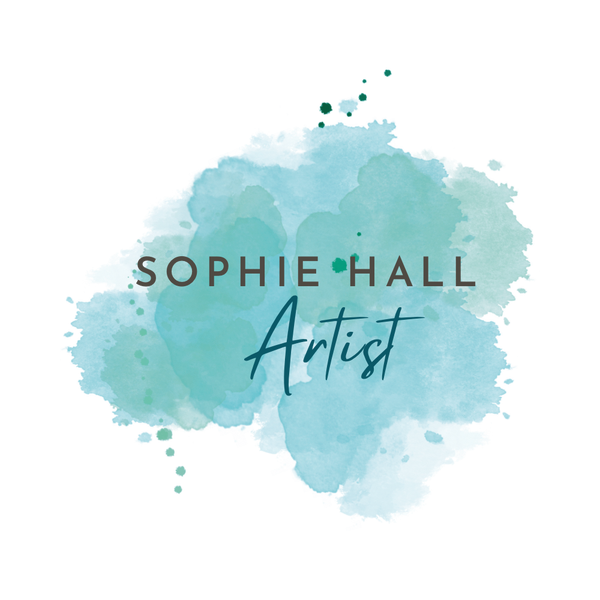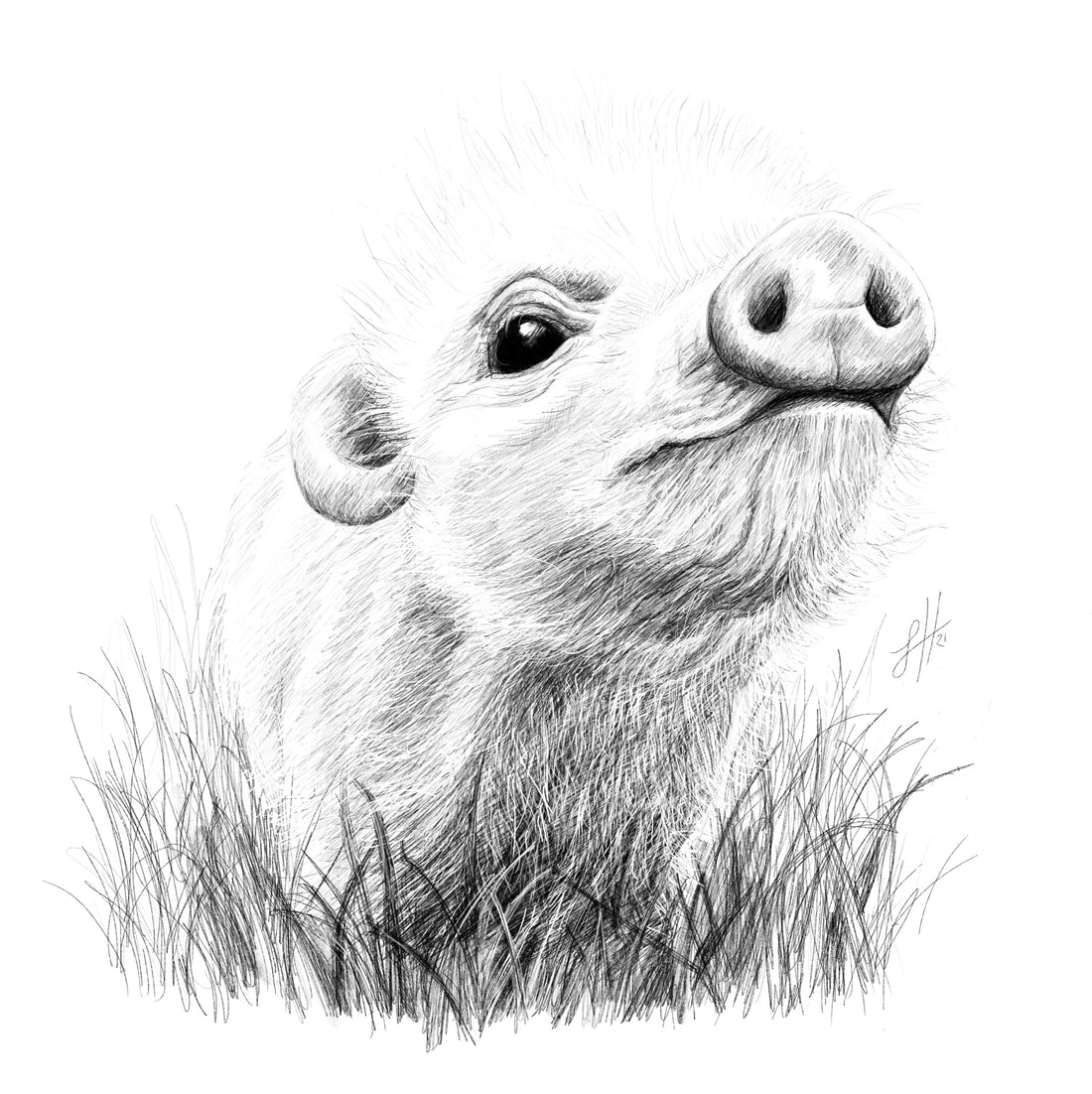Hello art fans!
Further to my recent post, I thought I’d write a little more about my process and why I use technology to create my pictures.
…
Firstly, a little background. I’ve always been a very traditional artist, both in style and media used. I admire more modern contemporary styles and techniques, but I had always thought I should stick with what I know, and what makes me happy when I’m creating. I tend to aim for realism - recreating what I can see to the best of my ability, and I was used to doing that with pencils or paint.
However, with this approach I repeatedly came across the same problems. One is a difficulty in adapting my work for an online marketplace. I think many visual artists face this issue, as without a flatbed scanner or great photography skills, it’s difficult to get clear, quality images of one’s work. Unblemished images are essential for giclée and product printing, and without these lower price point options one’s market is limited. Most people don’t have hundreds to spend on original oil paintings.
Another, more personal, problem was that my living space wasn’t ideal for creating the work that I’m really inspired by. My instinct is always to make huge paintings, especially portraits. My workspace (in the spare bedroom of a 2 bed flat) is cramped to say the least, and isn’t set up for splashing paint about. I attempted to counter this problem by focusing on what I was trained in - still life - as this lends itself to smaller canvases and limited subject space. Sadly I just wasn’t inspired by this approach and I began to find my studio dusty with under-use and my brain dusty from the lack of creativity.
Then, a couple of years ago, I discovered a technology that really lent itself to my style of working. Using a drawing pad connected to my laptop and a Bluetooth stylus, I could make marks in more or less the same way I would with pencil and paper. I could draw lines, shade at different pressures, and mix simple colours quickly. I later discovered that with an iPad and Apple Pencil I was able to replicate my own style more precisely. With a little investment (and an incredibly generous gift) I was immediately able to create regularly without fuss.
It was wonderful.
Suddenly I was drawing more than I had in years. Even on the really bad mental health days, I could curl up in my armchair and sketch quietly, without using all my energy on setting up and cleaning afterwards, or worrying that I’d be stuck with unusable canvases and half finished works if I got too tired. I could draw anywhere, for as long as I wanted or dip in for a short time each day.
I soon got better with the iPad, and the quality of my work improved beyond even my previous pencil and paper work. Without taking up any space I could finally work bigger - I could start with a much greater paper size and achieve detail unimaginable from an A4 sketch pad. To illustrate this, here’s a couple of drawings if Ian McKellen, the first in graphite on cartridge paper (2017), the second an iPad drawing from 2020.

…
This all coincided with the weight of the pandemic and lockdown hitting Britain. At a time when I was stuck inside and couldn’t easily shop for materials, I was never more grateful to have a paperless option. To counteract the impending mental health crisis I anticipated stemming from an unprecedented event, I decided to challenge myself to draw every day for a little while. (This obviously turned into a long while, and the majority of this website is dedicated to the results of this productive time!)
I have also been able to easily convert my work into digital files, making my work more accessible for Giclée printing which allowed me to create limited editions for online selling for the first time. Particularly when it was impossible to sell art physically, at fairs, galleries or trade shows, it was brilliant to be able to convert to new marketplaces.
Of course, digital drawing doesn’t solve all my creative concerns (texture and scale are still issues, paint isn’t quite the same) but it’s really caused a revolution in my little world. I still look forward to a time when I’ll have a big enough studio space to make a mess with the paint and start on those massive portraits, but for now I’m very happy (and extremely lucky) to be able to create the work I do.
The picture below is a comparison of my first lockdown drawing (Kay Swift, March 2020) and my most recent portrait (Essie Davies, May 2021). I think I’ve definitely made progress with iPad drawing.

Given all the above it’s no wonder I feel frustrated when an art critic dismisses the value of creating traditional work in a digital format. Undoubtedly ipad art isn’t for everyone, but like any medium, success is all about practise, and utilising your innate skills to develop your work.
SH x
…
*Disclaimer. I’m not an Apple lover, I genuinely prefer the alternatives in all other areas, but though it hurts my Android heart to admit it, Apple really have the head start on stylus/tablet technology development, at least with what works for artists.


2 comments
i like these Sophie, but i love your traditional still lives
These are great Sophie – thanks for flying the digital flag.